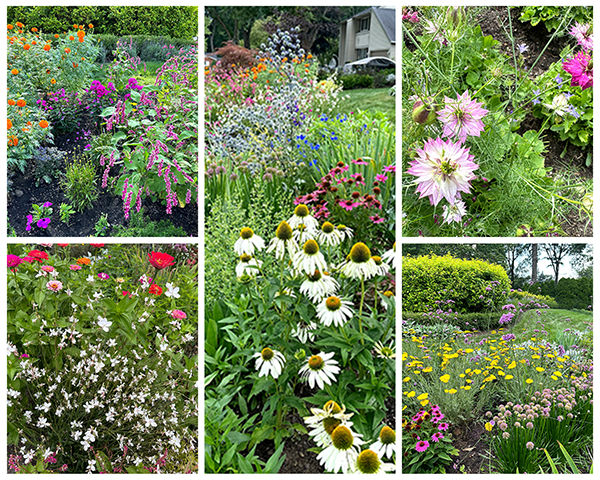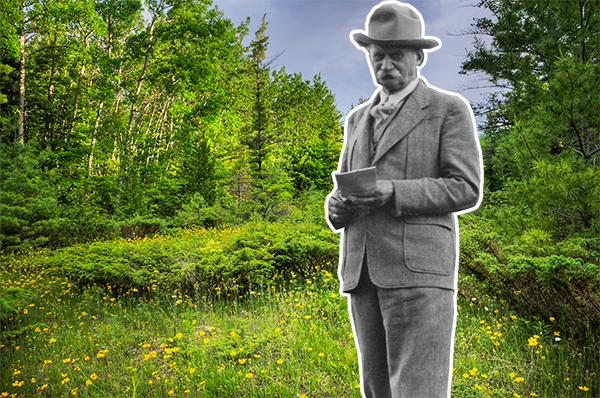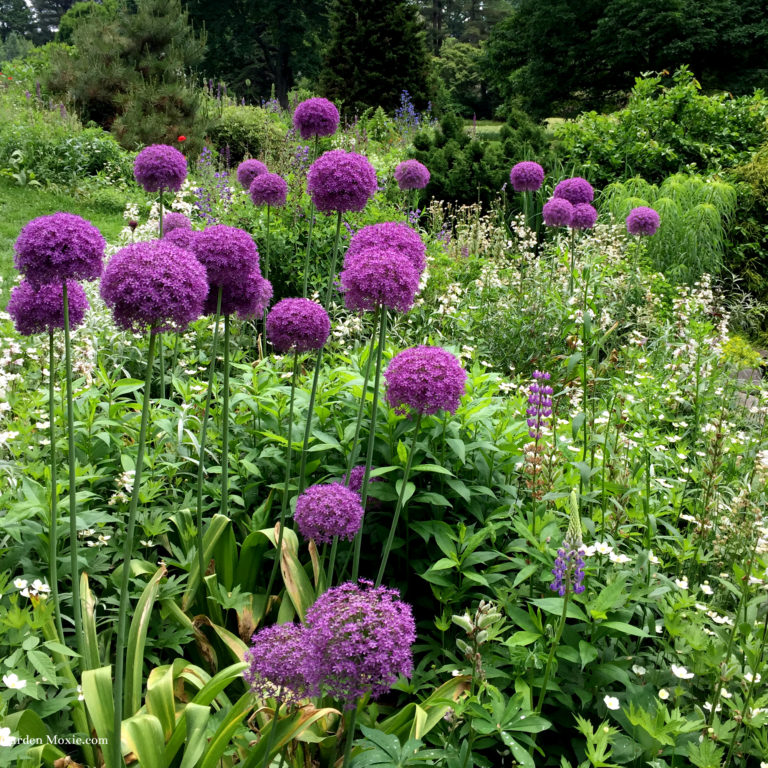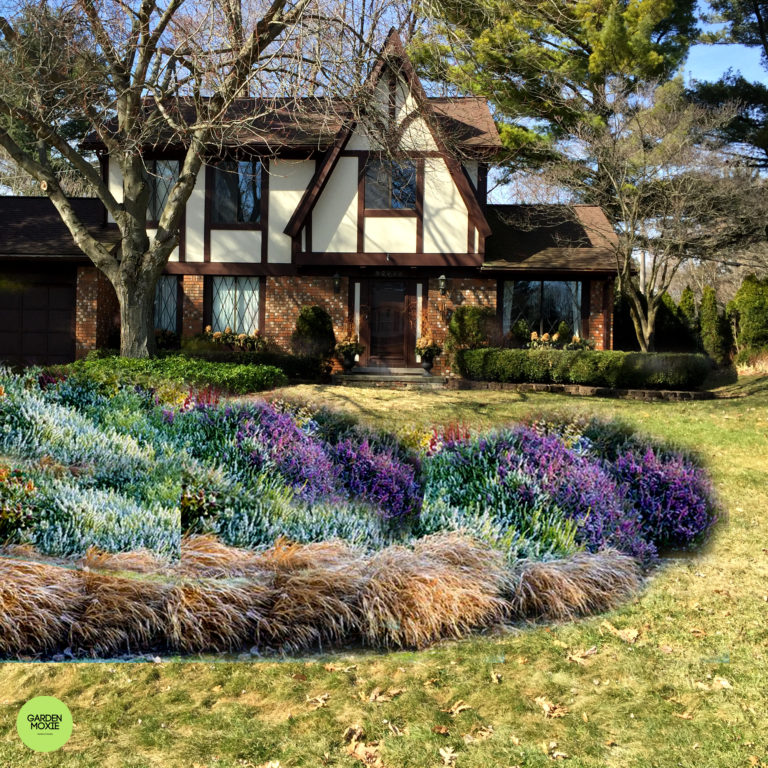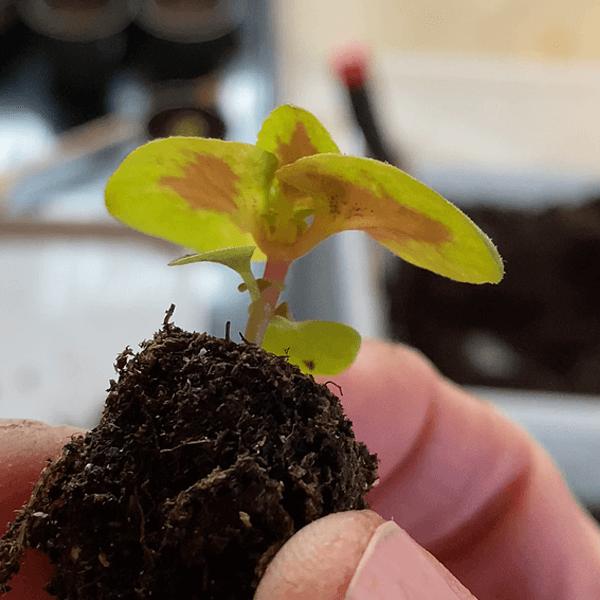Inspirational Arts and Crafts Garden Design
Arts and Crafts Garden Design
The arts and crafts movement, born in the late 19th century, was a rebellion against the soulless churn of industrial mass production. It championed handmade craftsmanship, natural materials, and designs that felt authentic and grounded.
Today, as we grow weary of endless screens and the rush of modern life, the arts and crafts garden design philosophy feels more relevant than ever. Gardening, in particular, offers a tangible way to reconnect with something real.
When I talk about arts and crafts garden design, I don’t mean mimicking old patterns. It’s about interpreting the movement’s core principles—using local materials, blending indoor and outdoor spaces, and drawing inspiration from nature itself—and applying them to create gardens that feel alive and connected to their environment.
3 Arts and Crafts Garden Design Lessons
from Fallingwater
During an early morning guided tour of Fallingwater, three design ideas stood out, each rooted in the arts and crafts design philosophy and brimming with potential for modern gardens:
1. Using Locally Sourced Materials
Fallingwater’s stone walls and paths, built from stone quarried right on the property, feel like an extension of the landscape. This is a key philosophy in arts and crafts garden design. This approach inspired me as my husband and I embark on building a new home on a 20-acre plot in central Kentucky.
Our land, once farmland, revealed a treasure trove of Kentucky limestone during excavation. I’m thrilled to incorporate this native stone into our future garden’s paths, walls, and structures, echoing the way Falling Water feels rooted in its site. Using local materials not only ties your garden to its place but also reduces environmental impact, making your space more sustainable.
2. Blur the Lines Between Indoors and Outdoors
At Fallingwater, every window frames a view of the surrounding forest, creating a fluid connection between the interior and the natural world. This idea of merging indoors and outdoors is central to arts and crafts garden design our Kentucky home design, where a majestic oak tree—our “mighty oak”—anchors the layout, visible from key vantage points inside the house.

You don’t need a sprawling estate to achieve this. Whether it’s a patio flowing from your living room, a balcony garden for an apartment, or a window lined with potted plants, you can create spaces that invite nature in, making your home feel more expansive and serene.
3. Let Nature Be Your Design Guide
Nature is the ultimate designer, with its effortless balance, texture, and flow. At Fallingwater, Frank Lloyd Wright drew inspiration from the native rhododendrons, their ocher autumn hues echoed in the home’s stucco and interior palette.


The owners even brought these blooms indoors, placing them in vases to further blur the boundary between outside and in. In your own garden, observe the patterns of a woodland edge, the sway of a wildflower meadow, or the seasonal shifts in color and texture.
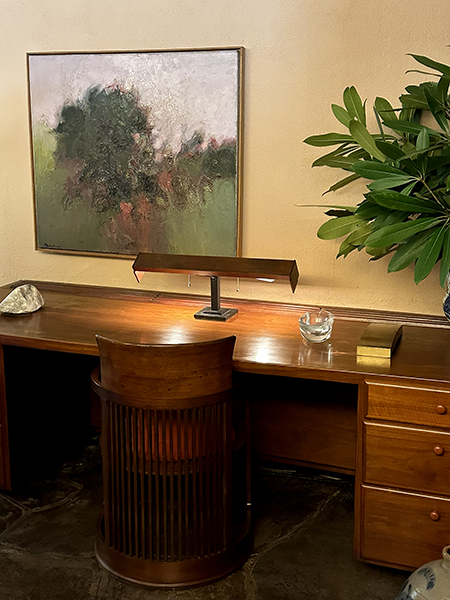
By collaborating with nature—choosing native plants, supporting pollinators like bees, or mimicking natural patterns—you create gardens that feel vibrant and sustainable. Plus, studies show that surrounding yourself with natural elements reduces stress and lifts your mood, making your space a sanctuary.
Bringing Nature Indoors
One of the simplest ways to embody this philosophy is by bringing natural elements into your home. A vase of fresh flowers, branches, or even foraged finds like pine cones can instantly brighten a space and connect you to the seasons.

At Falling Water, rooms filled with fresh blooms reinforced this connection, a reminder that even small gestures can make a big impact. Whether you have a sprawling backyard or a tiny balcony, these touches create a sense of calm and belonging.
Our Kentucky Adventure Begins
Our new home build in Kentucky is still in its early stages—just a “hole in the ground” for now—but the vision is taking shape. The limestone we’ve uncovered will form the backbone of our garden, and the mighty oak will be a focal point, tying the house to the land.

This project is the adventure of a lifetime, and I’m excited to design a garden that feels like an extension of the rolling hills and ancient trees around us. I hope you’ll follow along as we bring this vision to life.
Get Inspired
f you’re eager to create a garden that feels connected to its place, consider subscribing to my free bi-weekly newsletter, Garden Moxie Field Notes. It’s packed with tips on historic gardens, peaceful spaces, and timeless ideas for transforming your home and garden. You can find the link here.
What do you think of Frank Lloyd Wright’s Falling Water and its approach to design? How are you bringing nature into your own space? Share your thoughts below—I’d love to hear your ideas! Let’s create gardens and homes that feel born from the land, full of life and meaning.



